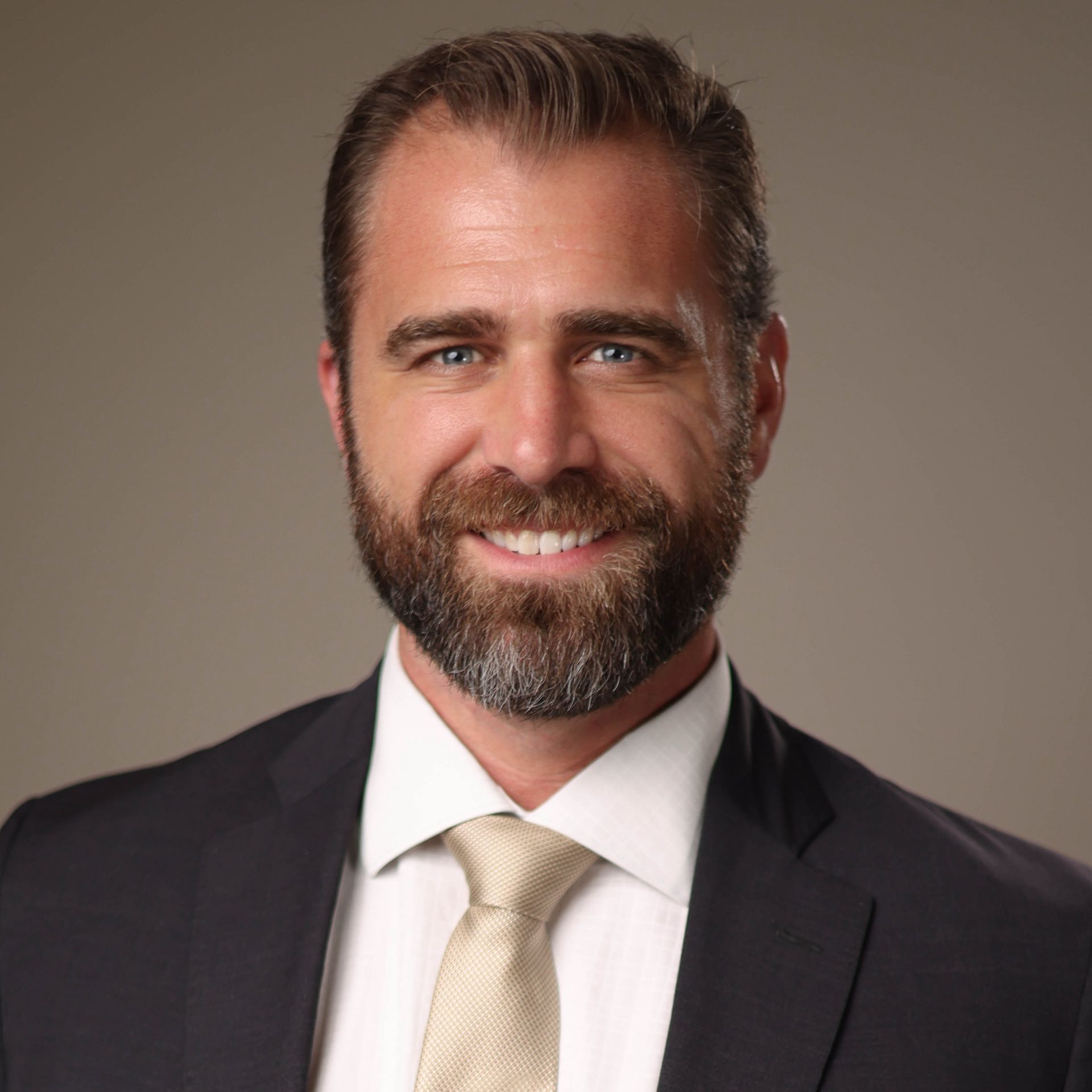Depression & Upper Cervical Care
Brain Activity
Peak brain activity occurs when the brain receives strong and clear nerve signals from our physical senses. This information includes sight, sound, taste, touch and hearing, as well as information from our joints, muscles and organs. About 40x more information travels to the brain from the body than the brain sends to the body. This means that the brain thrives when nerve signals are strong and healthy.
These nerve signals activate the brain and the nerves that they travel along. All nerve cells require activation to remain healthy. Nerve signals need to be sent along nerves in order to keep them useful. This is similar to how exercise keeps muscles healthy and strong. Nerves need activation in order to stay healthy and strong.
Reality vs. Dream
Any loss or changes in nerve signals can diminish brain activity. Some interesting findings came out of WWII concentration camps and POW camps. When soldiers were put into isolation in small, dark, quiet cells, and threatened to not speak, it limited the amount of sensory input to their brain. Very limited information from sound, taste, touch, sight and movement would be available to their brain.
The results were devastating in that these people could not tell the difference between reality and dream, could not feel the passing of time, and even described difficulty distinguishing between themselves and their environment. In fact, upon studying a number of these cases after the war, the British Medical Journal published a conclusion about the importance of sensory input the brain:
“There is evidence that the maintenance of consciousness and of the individual’s awareness of his relation with the environment is dependent on a steady stream of sensory impulses both from without and from within.”
A Quiet Brain
Similar symptoms have been found in people who experience depression. Frequently described symptoms associated with depression include a feeling of disconnect or absence from the environment and from others, lack energy, sleep disturbances, changes in appetite (eating more or less), impaired cognition, recurrent thoughts of death, and more. In PET scans of the brain, there is often a decrease in brain activity in patients with depression.
With brain activity being stimulated primarily by sensory input, any interference in these nerve signals into the brain has the potential to reduce brain activity. These interferences can include dull environments that do not provide healthy sensory activity (like grey cubicles) and a sedentary lifestyle (limited movement reduces input to the brain). Drugs like opioids and even antidepressants can interfere with sensory input as well, which has the potential to lower brain activity further. In fact, one person describes this phenomenon well:
“The irony is that some of the antidepressants and anti- anxiety medications we use to overcome mood disorders can also cause emotional numbness. My short lived experience taking amitriptyline and then Prozac gave me a feeling of being flatlined emotionally. I wasn’t sad but I also wasn’t happy. I was simply there.”
There is also a significant potential for mechanical interference in the nerves that carry signals to the brain. A common location of this type of nerve interference is in the upper cervical spine, in an area called the craniocervical junction. These joints between the skull and the top of the spine can become misaligned through injuries to the head and neck, altering or diminishing signals traveling to the brain. This reduction in brain activity makes it very hard for you to function at your best.
Activating the Brain
Activating the brain to its full potential requires maximum nerve signal input to the brain. This means creating an environment for sensory immersion. In people with depression, significant improvements have been seen with exercise, light therapy, communication, social involvement, and even vagus nerve stimulation. This works because each of these dramatically alters the input to the brain.
Improvements in brain activity have also been seen through upper cervical care, including cases of depression. Restoring the alignment of the craniocervical junction improves nerve signals to and from the brain. By removing interference at the craniocervical junction, nerve signals strengthen. You brain functions better, you feel better, and your senses improve.
Upper Cervical chiropractors are trained to evaluate nerve interference at the brainstem that can cause changes in these nerve signals. By correcting the alignment of the crainocervical junction (upper neck), this interference is removed, activating the brain to work its best.
Precision Correction
Our Doctors practice a cutting-edge method called the Advanced Orthogonal Technique. This method uses a percussion sound wave technology to correct the alignment of the craniocervical junction. It is gentle, precise, and with proper care it is a long-lasting correction.
The correction is calculated from the analysis of precise imaging. By realigning the craniocervical junction, irritation of the nerves is relieved and the joints of the neck are restored to their proper position. This approach to headaches consistently provides long term relief. By following the treatment plan, many patients have gone years without headaches without the use of medication or other intervention.
How to Get Started
Cerebral Chiropractic Center is located in St. Petersburg, FL. If you have been diagnosed with depression and would like to see if you are a candidate for care, please call the office at (727) 677-0001. We will schedule an initial consultation with one of our doctors. This initial visit will include a consultation, neurological evaluation and a specific imaging to your case. If you are a candidate for care, your doctor will tailor a plan, sit down and explain your care, and start the correction process. We care about you, we understand you want the root of the problem corrected, and we are here to help.
Our Doctors
Experts in Spinal and Neurological Care
Dr. Chris Slininger, DC, DCCJP
Craniocervical Specialist
Dr. Slininger focuses heavily on complex neurological conditions and advanced spinal challenges such as headaches, migraines, dizziness, vertigo, concussion, mTBI and more.
Dr. Ethan Surprenant, DC
Upper Cervical Chiropractor
Dr. Surprenant specializes in innovative, non-invasive Upper Cervical Chiropractic Care, uniquely addressing complex neurological conditions like dysautonomia, migraines, headaches, cranio-cervical syndrome, to restore lasting neurological health.





